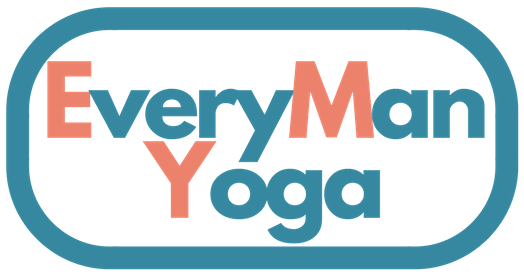Music and yoga share a lot of fundamental elements. This series of posts will explore the relationship between sound and movement. This is part of an ongoing series, so start here for some frame of reference.
I see many overlaps between music and yoga, and they primarily revolve around the fundamental aspects that they share: Rhythm, Intensity, Patience, and Attention to Detail.
Let’s look at a deeper role that rhythm plays in a yoga class.
The Rhythm of Yoga
When I put the words ‘music’, ‘rhythm’ and ‘yoga’ together, I’m not talking about chanting or any other literal musical element you may encounter in a yoga class. (Although that is something to consider).
Instead, rhythm has relevance to yoga in a more kaleidoscopic way than the basic “beat” of music, but the idea is the same:
Rhythm is an organic sense of pace, whether you’re talking about how you structure a class, your breathing patterns or how you work yoga into your weekly routine.
In any case, yoga, and music generally have a basic rhythmic foundation that intersects in a very holistic and natural way. I attribute this to the ancient nature of both.
After all, yoga has been practiced in some form for over 6000 years and music is as old as we are. I also believe that this is why both feel so deeply endearing to us as humans.
For this reason, I have a tendency to play music that has a strong rhythmic presence. House music is something that I gravitate toward. The “four on the floor” beat of many dance tracks is very reminiscent of the human heartbeat.
Take a vinyasa class: I typically have students hold poses for a while, rather than making it super dancey. People that are used to a vinyasa “flow” tend to disapprove of this practice, but every teacher is a little bit different. The rhythm in my classes is more in the focused attention, while other teachers prefer movement to the music.
This does not mean that I am wrong and they are right, or vice versa. It simply means that they enjoy the graceful, dancey and rhythmic motion of a flow class.
Both are good, and both have their benefits.
Vinyasa can be a perfect intersection of the pace of a piece of upbeat music, and the rhythm of the class.
I just like to make people hold it and work a little bit 😉
Breath
The most vital rhythmic element of your yoga practice is your breath.
Whether you are moving and flowing or holding still and struggling a little bit, maintaining the relaxed rhythmic pace of your breath is THE fundamental element of yoga, no matter what kind of yoga it is.
Some teachers choose to skip music in their classes, which is totally respectable. I, however, consider it a crucial piece of the puzzle despite the fact that I don’t have a very flowy teaching style.
That little reminder in the background to maintain the rhythm of your breath can be vitally important. It is a primal and deeply meaningful way to commune with your physical body.
To enjoy and acknowledge and participate in the rhythm of the sound that is so alike the beat of the human heart or the human breath is a deeply felt part of the human experience.
This is true whether you’re at a military parade, a music festival, a yoga class or a salsa class.
I believe that this is also why electronic music is one of the most popular varieties of music everywhere around the world. It’s why popular DJs can draw hundreds of thousands of people together.
Your breath is the beat of your yoga practice. It doesn’t matter if you’re doing the most difficult yoga pose or the most simple one. If you’re holding your breath, you’re missing out on the vital rhythm that flows through your practice and your body.
Please feel free to chime in on the comments below, follow me on Instagram @the_real_everymanyoga.
Namaste
[instagram-feed]

